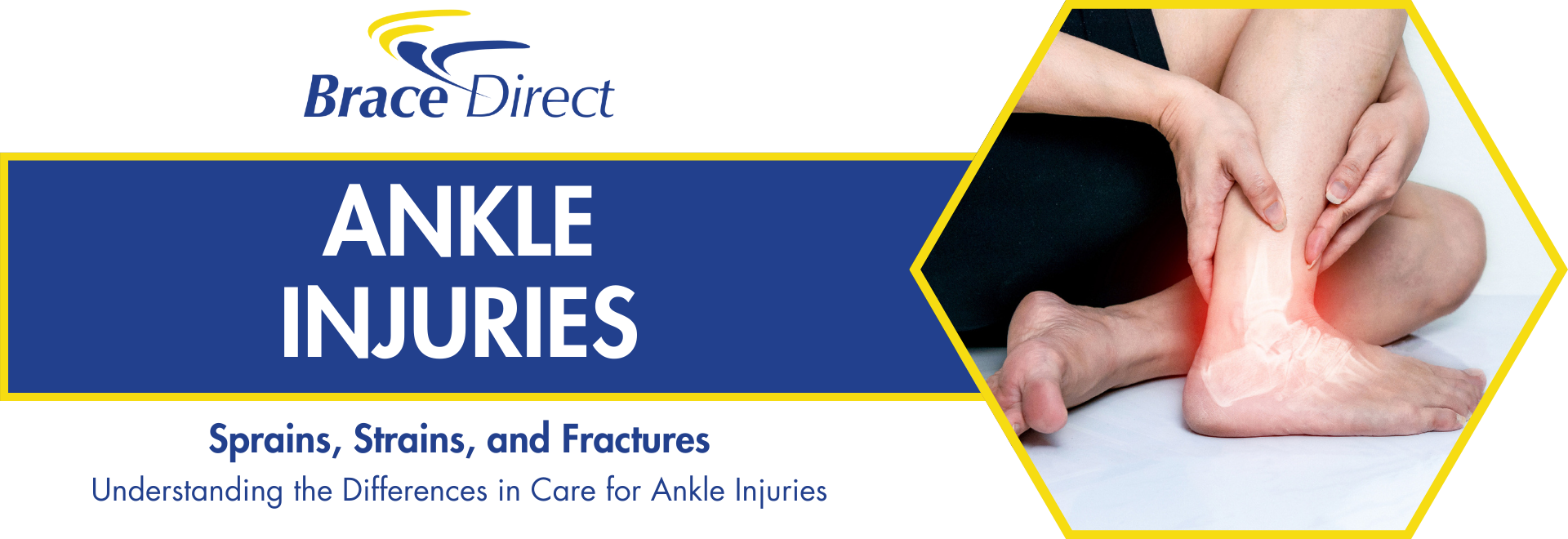9am - 5pm EST M-F
9am - 5pm EST M-F

Ankle injuries are common yet complex, affecting individuals of all activity levels. Distinguishing between sprains, strains, and fractures is vital for proper treatment. This guide details each injury type, alongside effective management strategies, including recommended products from Brace Direct.
Sprained ankles occur when ligaments that support the ankle stretch beyond their limits and tear. Symptoms include pain, swelling, and restricted range of motion. Immediate care involves the RICE method (Rest, Ice, Compression, Elevation).
For support during recovery, consider the Brace Align Semi-Rigid Active Ankle Brace, designed to offer stability and comfort for sprains.
Strains affect the muscles and tendons around the ankle, often resulting from overuse or improper movement. Symptoms mirror those of sprains but involve the muscular tissue.
Maintaining ankle flexibility and strength through proper exercises is crucial. The Brace Direct Ankle Foot Reusable Gel Ice Pack Cold Wrap can provide soothing relief and reduce inflammation.
Fractures involve a break in one or more of the ankle bones. Signs include immediate sharp pain, swelling, and inability to bear weight. Treatment may range from immobilization to surgery, depending on the fracture's severity.
The Lightweight Medical Full Shell Walking Boot with Air Pump by Brace Direct supports the healing process by stabilizing the ankle and foot.
Preventing ankle injuries involves maintaining good physical condition, wearing appropriate footwear, and being mindful of your movements during activities. Regularly stretching and strengthening the ankle can also reduce injury risk.
Understanding the types of ankle injuries and their appropriate treatments is key to a speedy recovery. Brace Direct offers a range of products designed to support your healing journey, whether you're dealing with a sprain, strain, or fracture.